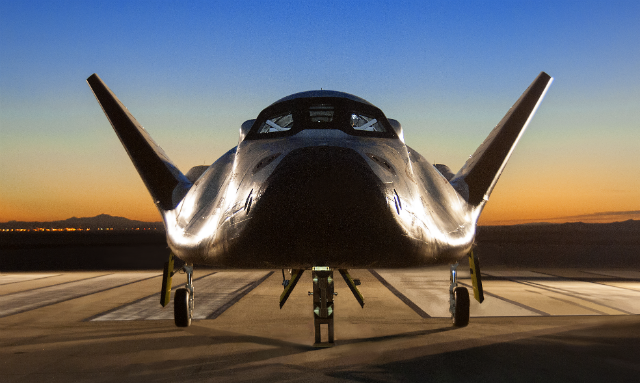Russia’s Gromov Flight Research Institute (LII) expects its latest GLL-AP-02 hypersonic scramjet test vehicle to fly in “three or four years,” with officials telling Flightglobal that funding constraints and technical issues have slowed progress.
LII’s Sergei Pernitsky and Sergei Vasilievich said via a translator at the MAKS air show in Moscow that work on the flight sciences vehicle is progressing, but slowly.
“Mostly because of the lack of funding, but there are lots of difficulties despite the funding because this project is very ambitious,” they explain.
GLL-AP-02 is the Russian equivalent of America’s Boeing X-51 and China’s “WU-14”. It is the latest in a series of Russian rocket-boosted hypersonic test vehicles, proceeding the GLL-VK and GLL-31 projects.

LII
LII presented a model of the vehicle at MAKS-2013, although it was tellingly absent at Zhukovsky this week.
Pernitsky and Vasilievich said Western sanctions are not having any impact on the project, and they hope it goes ahead as soon as possible to build on the hypersonic flight data gathered in previous experiments. The research has both civil and military applications, they say.
Western sanctions also don’t seem to have stymied Russia’s involvement in another hypersonic flight sciences project, called HEXAFLY.
Russia, Australia and the European Union are partnered on the programme, which is maturing several promising aerostructures for civil high-speed transportation.
Russia’s Central Aerohydrodynamic Institute displayed two HEXAFLY wind tunnel models at MAKS, but referred all questions to the project’s governing body, HEXAFLY-International.

Flightglobal
During the interview with LII, Pernitsky and Vasilievich expressed a desire for Russia to restart development of reusable spaceplanes.
The Gromov Flight Research Institute helped produce BOR-4 – the Soviet Union’s original reusable orbital test vehicle. The Kosmos rocket-launched experimental spacecraft achieved four successful flights between 1982 and 1984, leading to great advancements in the heat shield technology that enabled the Russia’s Buran space shuttle programme.
The institute says it is following Sierra Nevada Corporation’s Dream Chaser programme in the USA with great interest, particularly because the company’s design looks suspiciously similar to BOR-4.
With some nationalistic pride, the officials say BOR-4 was an extremely capable design and would make an excellent foundation for any future Russian pursuits.

Sierra Nevada Corporation’s Dream Chaser
SNC
Source: FlightGlobal.com






















